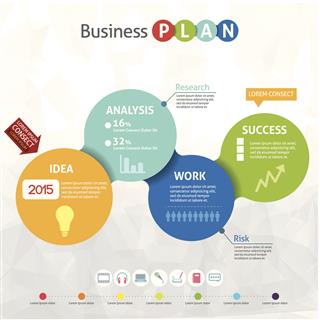
Organizational culture is the unique combination of the values that each organization believes in. The more positive each member becomes within an organization, the better the organization is, as a whole.
Like every person has his own style of behavior, his own personality, similarly the organization has a distinct culture. This culture may be defined as a set of all the espoused values of the organization. The culture of the organization can be tiered into 3 levels based on their visibility and how closely they are adhered to in the organization. The first level is Artifacts and Behavior. Artifacts and behavior are the most visible components of organizational culture. They include the physical layout of the workplace and observable behavior of its employees.
The next level is Values. Values are less visible than behavior but they can be seen as they influence observable behavior of the individuals working in the organization. But the top tier of organizational culture may be seen at the level of Assumptions and Beliefs. They cannot be actually seen, but they are so well ingrained in the employees that they come out quite naturally because that is the way the organization thinks.
These are the strongest held components of culture as they are not influenced, but are evolved and affect behavior and values of employees of an organization. Thus these 3 components make up the personality of the organization – the organizational culture. An organizational culture is the outcome of both the management’s initial beliefs and employees’ adoption of those beliefs.
Explaining the Primary Characteristics
As we can see, the unique ‘behavior’ of an organization can be attributed to the makeup of the values that it espouses – the organizational culture. Let us understand these primary characteristics that define an organization’s culture as a whole, the ones that help shape up the organization’s ‘personality’.
These are very general characteristics that every organization would have to look into, otherwise the culture would seem incomplete. Although all these characteristics are at some level a part of every company, the importance and individual interpretation of each differs from business to business, thus making each business unique in its own way. There are 7 primary characteristics that belong to an organizational culture. They are listed below.
Innovation and Risk Taking
Risk and returns go hand in hand. Places where you take a risk (calculated risk of course!), the chances of returns are higher. Same goes for innovation. You could either be a follower or a pioneer. Pioneering has its share of risks, but at times, it can also have a breakthrough outcome for the organization. Thus, innovation and risk taking is one of the main characteristics of organizational culture defining how much room the business allows for innovation.
Attention to Detail
Attention to detail defines how much importance a company allots to precision and detail in the workplace. This is also a universal value as the degree of attention the employees are expected to give is crucial to the success of any business. The management defines the degree of attention to be given to details.
Outcome Orientation
Some organizations pay more attention to results rather than processes. It is really the business model of each business that defines whether the focus should be on the outcome or the processes. This defines the outcome orientation of the business.
People Orientation
This is still one of the most contentious issues in organizational culture today. How much should be the management focus on the people? Some organizations are famous for being employee oriented as they focus more on creating a better work environment for its ‘associates’ to work in. Others still are feudal in nature, treating employees no better than work-machines.
Team Orientation
It is a well established fact that synergistic teams help give better results as compared to individual efforts. Each organization makes its efforts to create teams that will have complimentary skills and will effectively work together.
Aggressiveness
Every organization also lays down the level of aggressiveness with which their employees work. Some businesses like Microsoft are known for their aggression and market dominating strategies.
Stability
While some organizations believe that constant change and innovation is the key to their growth, others are more focused on making themselves and their operations stable. The managements of these organizations are looking at ensuring stability of the company rather than looking at indiscriminate growth.
Just like having a strong personality adds character to a person, organizational culture does give a business its own special identity. It helps create cohesion among the employees as they share the primary characteristics of an organizational culture and imbibes in them the spirit of team work.











